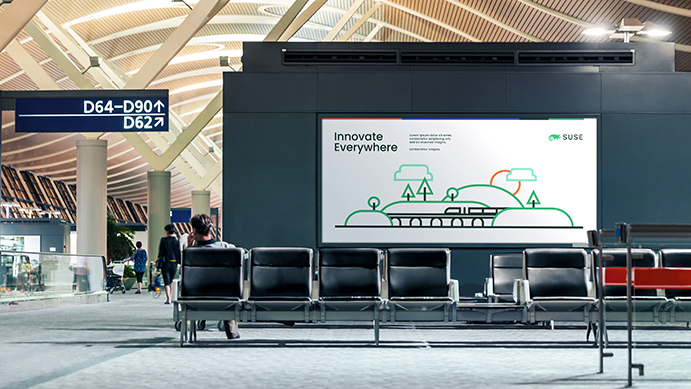Customer Best Practices Which Make the Trip to the Cloud Much Easier

At SUSE Rancher, we firmly believe in the power of many! This means that with everything we do, we consciously make customer choice and flexibility the center of our purpose.
To give meaning to this, we interviewed a number of customers and spoke to them about their efforts to accelerate digital transformation and their cloud journey!
Some of it, we learned, was trial and error! Some of it was pure triagnostics! Here is what we captured.
- By far the largest benefit of the cloud is agility and the ability to adapt to market conditions. Some customers advised that what worked best for them was to use the cloud in a follow-the-sun mode and burst to it on-demand. A retailer, for example, explained that as their stores open on the US East Coast, they burst into the Eastern zones of the cloud providers to offload the extra demand. As Central, Mountain and Pacific time zones wake up – their IT infrastructure follows them accordingly. At the end of that peak consumption, they recommend that all cloud infrastructure be wound down and all systems be brought back on prem where it is least expensive to run.
- Virtual machine lift and shift works at a high cost. You could try it yourself or learn from the experience of others! The trip to the cloud has to be well-planned, budgeted and carried out with precision. Starting a very large-scale project as a first step may be too expensive and risky. Even with an experienced team. If a certain hardware set has come to the end of its lifecycle, it may be better to search for a co-located datacenter as opposed to a hurried launch to the cloud and skip on the planning effort.
- Our customers advise that any new application developed over the last three years is cloud native. Applications created in the last eighteen months are designed for Kubernetes. In other words, the journey to the cloud may call for application optimization/re-factoring – some elements may need to be recreated.
- Troubleshooting in the cloud can be very different from in-house and likely harder. Not having physical access to the systems may present a new set of challenges! Upgrades are costly too. One customer advised that, in the past, performing memory upgrades was as simple as sliding another memory chip in a system. They just have them laying around! Memory upgrades in the cloud would likely mean subscribing to more expensive services.
- Turn off whatever systems are not running. Several large VMs accidentally forgotten running over the weekend may run up a high bill!
- The skills situation – many of your employees may want to run to the cloud simply because it looks good on their resume. Make sure this is not the only reason for your cloud journey!
We hope we were able to provide some customer insights which are useful for your current or upcoming projects! Please let us know if there is anything we could do to help!
Related Articles
Sep 13th, 2022